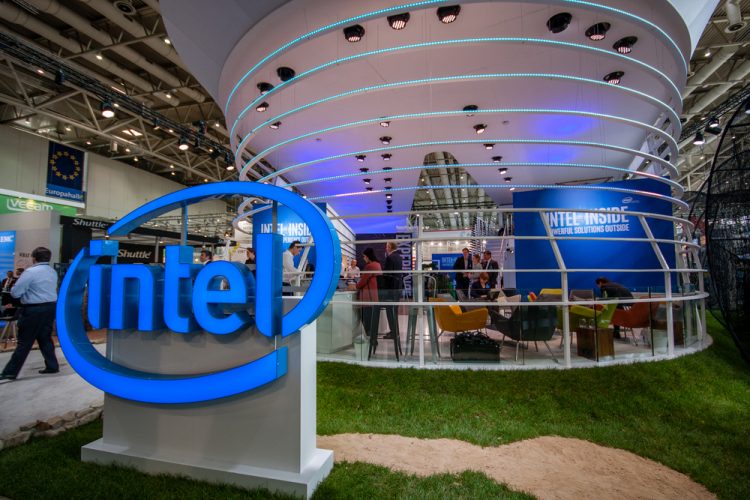Do you agree with his analysis, sell Intel Products to finance IFS?
I disagree:
1. It is very risky. The main issue is that TSMC holds a strong monopoly position in the market.
2. The usefulness of generative AI is still up for debate. Based on my daily experience working with it, the current approach lacks reliable reasoning capabilities, making it difficult to meet people's expectations. For most everyday uses, AI-enabled PCs are more than sufficient.
3. Although the market share of x86 for client architecture might be shrinking in the future, other segments can compensate for the numbers. The goal should be to achieve a profitable margin.

 semianalysis.com
semianalysis.com
I disagree:
1. It is very risky. The main issue is that TSMC holds a strong monopoly position in the market.
2. The usefulness of generative AI is still up for debate. Based on my daily experience working with it, the current approach lacks reliable reasoning capabilities, making it difficult to meet people's expectations. For most everyday uses, AI-enabled PCs are more than sufficient.
3. Although the market share of x86 for client architecture might be shrinking in the future, other segments can compensate for the numbers. The goal should be to achieve a profitable margin.

Intel on the Brink of Death | Culture Rot, Product Focus Flawed, Foundry Must Survive
Intel’s board is incompetent and its horrible decisions over the decades are going to push it towards death. The decision to fire Pat Gelsinger, put in charge a CFO + career sales and marketing lea…
 semianalysis.com
semianalysis.com

